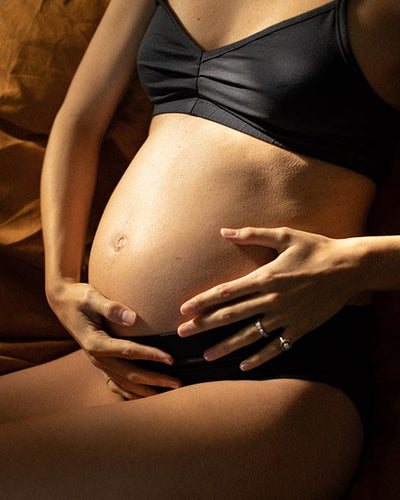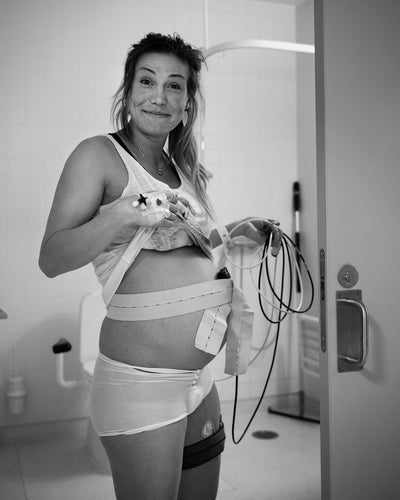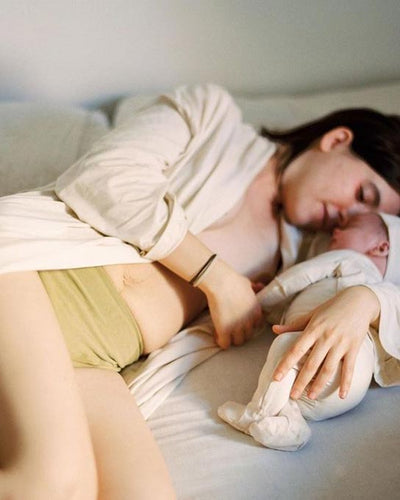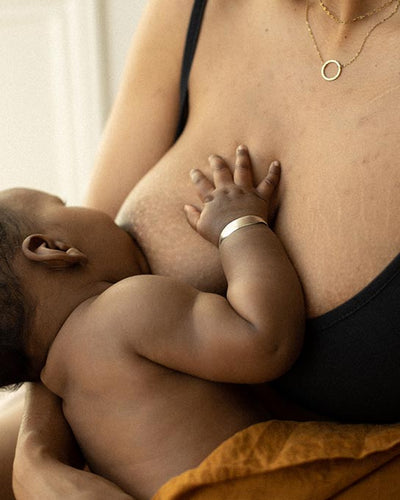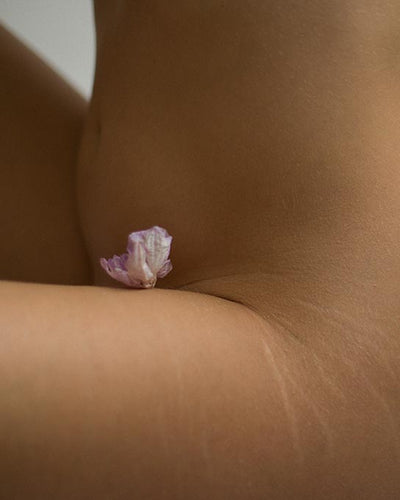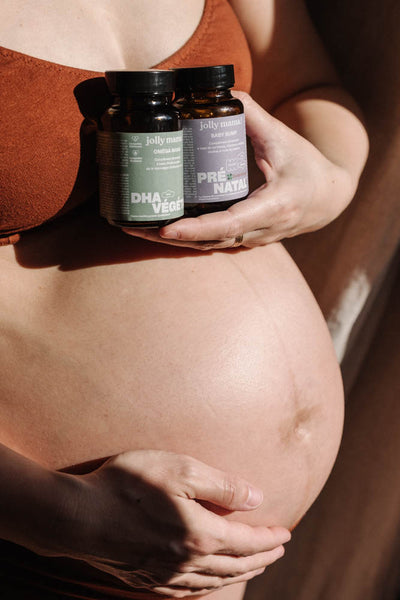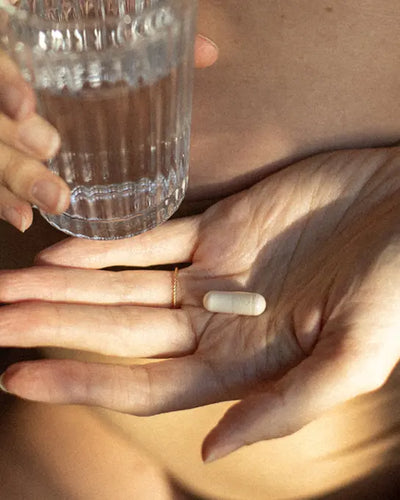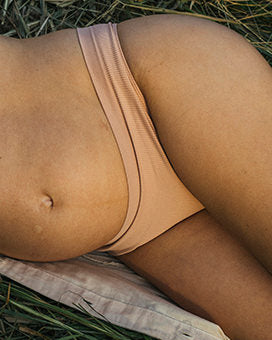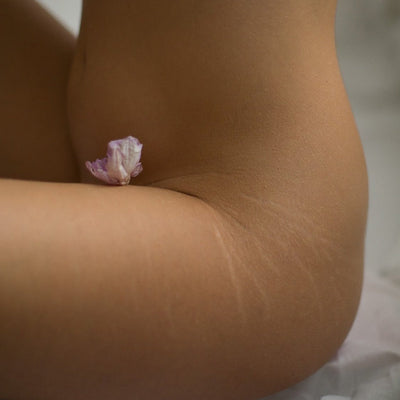Die Anwendung von analgetischen Techniken zur Linderung von Geburtsschmerzen wird immer häufiger. In Frankreich erhalten 80 % der Frauen während der Geburtswehen eine solche Behandlung (17). Die neuraxiale Analgesie (Periduralanästhesie, Spinalanästhesie und kombinierte Spinalanästhesie-Epiduralanästhesie) gilt als die wirksamste dieser Techniken (18).
Die Epiduralanästhesie
Die Periduralanästhesie, auch lokoregionale oder epidurale Analgesie genannt, erstreckt sich nur auf einen Teil des Körpers, nämlich die unteren Gliedmaßen, den Damm und den Bauch. Sie ist das Ergebnis der Injektion eines Analgetikums oder eines schmerzstillenden Cocktails in den Epiduralraum, der direkt auf der Ebene des zentralen Nervensystems wirkt (19).
Diese medizinische Intervention ist weithin für ihre Wirksamkeit bei der Reduzierung von Schmerzen während der Geburt bekannt. Studien haben gezeigt, dass sie den empfundenen Schmerz auf einer Skala von 0 bis 10 um 2 bis 3 Punkte reduzieren kann und somit eine deutliche Linderung bietet (20). Im Vergleich zu Opioiden bietet die Epiduralanästhesie auch Vorteile in Bezug auf die Reduzierung von Übelkeit, Erbrechen und Atemnot der Mutter.
Die Periduralanästhesie kann jedoch das Geburtserlebnis passiver gestalten. Da die Epiduralanalgesie in erster Linie das Schmerzempfinden blockiert, kann sie die Fähigkeit des motorischen Blocks der werdenden Mutter beeinträchtigen, wodurch sich ihr Schmerzempfinden und ihre Muskelaktivität verändern. Ebenso werden die mütterlich-fötalen Auswirkungen der Epiduralanästhesie diskutiert, die neben dem Zeitpunkt der Epiduralanalgesie auch die erhöhte Inzidenz von Kaiserschnitten, das höhere Risiko einer instrumentellen vaginalen Entbindung und die Verlängerung der Wehen betreffen.
Es gibt einige wenige Situationen, die eine absolute oder relative Kontraindikation für die Durchführung einer neuraxialen Anästhesie darstellen. Dazu gehören die Ablehnung der Patientin, Allergien gegen Lokalanästhetika, Hypovolämie (vermindertes Blutvolumen), intrakranielle Hypertonie, Infektion der Punktionsstelle, Hyperthermie, Störungen der Hämostase, neurologische Erkrankungen, Anomalien der Wirbelsäule, zervikale Dilatation und Tätowierungen im Bereich der Lendenwirbelsäule. Die Kontraindikationen betreffen jedoch weniger als 0,5 % der Frauen (17).
Andere pharmakologische Techniken
Andere pharmakologische Techniken ermöglichen eine Schmerzlinderung. Dazu gehören: lokale periphere Blockaden (parazervikal um den Gebärmutterhals und pudenda im Becken), inhalative Analgesie (Stickstoffmonoxid und Halogene) und intravenöse Analgesie (Opioide und Nicht-Opioide) (21).
Distickstoffmonoxid oder Lachgas ist ein niedrigpotentes, selbst verabreichtes Inhalationsanalgetikum, das seit langem zur Analgesie während der Wehen eingesetzt wird (22). Systemische Opioide werden ebenfalls von vielen Gebärenden verwendet, entweder um die neuraxiale Analgesie zu vermeiden oder zu verzögern oder wenn diese kontraindiziert ist.
Sie sollten sich jedoch bewusst sein, dass die medizinische Schmerzbehandlung einer sorgfältigen Beurteilung unterliegt und von einem qualifizierten Gesundheitsfachmann übernommen wird.

